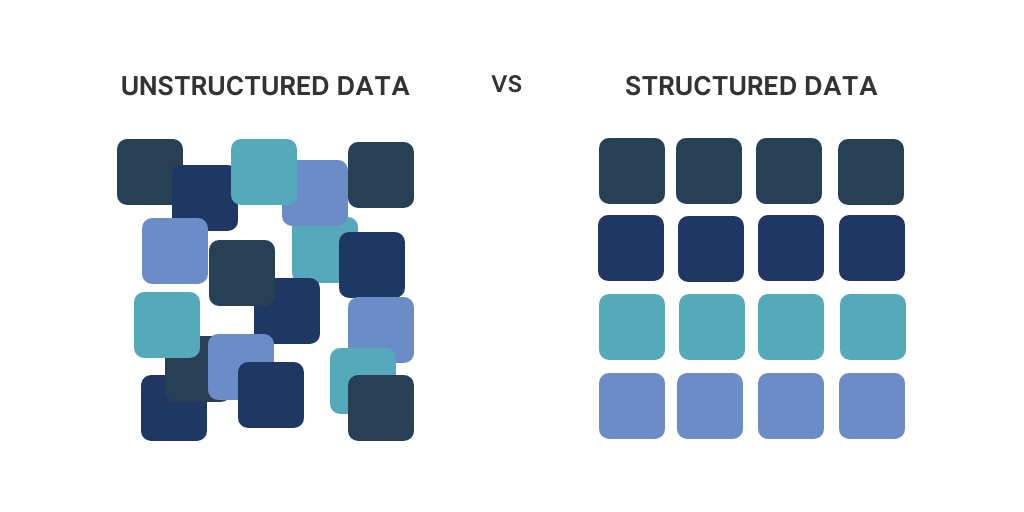- Structured data forms one of the essential prerequisites for web content optimization because it creates a uniform format that aids the major search engines such as Google, Bing, and Yahoo, in further interpretation of information contained within a webpage. Schema markups contained in a site’s HTML can help organizations improve understanding and visibility by search engines. Their popularity speaks for itself-especially in how simple one can apply this basic mark.
- Web pages will rank higher and see more clicks through structured data, more so with 92.82% market share across the globe on platforms where Google leads. Structured data is thus invaluable for the capturing of organic traffic, which accounts for as much as 53% of website visits-all thanks to the serving of rich snippets that help the search engines answer queries directly on the results page.
- While putting emphasis on structured data, SEO professional services and technical SEO guides center their efforts on growing organic traffic that helps businesses maximize their online presence in the search engines.
What is the importance of structured data in SEO?
Increased click through rates:
- It makes the search results more visible. For instance, on Google, the first organic result is clicked 31.7%, yet the first mobile search result is clicked about 27.4%. The conclusion of this lesson would therefore be that high visibility most of the time translates to more user engagement and most of the time this is a product of having structured data.
Rich snippets and user engagement:
- Using structured data, it makes the page eligible to feature rich snippets where it can encompass additional information like ratings and prices or cooking time, making the listings more attractive and providing better engagement rates to users.
Market share of search engines in the global scenario:
- Google is an undisputed leader with a global search engine market share of 92.82%. Therefore, businesses need to optimize their website according to Google guidelines and use structured data so that they can improve their presence in search.
Impact of organic traffic:
- Organic search alone now represents around 53% of all trackable website traffic. It would be wrong to ignore the importance of good SEO practice that includes structured data in driving traffic onto a site.
Zero-click searches:
- An astonishing 64.82% of searches conducted on Google using a browser result in zero clicks because users found the answers on the search result page itself due to rich snippets generated through structured data. That trend goes to show how important it is for content to be optimized through structured data in order to capture the attention needed by the user.
Steps to implement schema markup for enhanced SEO using structured data
Step 1: Identify the type of schema markup needed
- Start by determining the type of content you want to enhance with schema-markup data-such as articles, recipes, events, products, or FAQs. Each type of content has unique schema properties which can enrich your search listings.
Step 2: Generate the schema markup
- Use Google’s Structured Data Markup Helper or Merkle’s Schema Generator to create your markup. Using the former, you will choose what type of data you are looking to markup, then paste either the URL of your page or paste its HTML code.
- You will then begin to highlight pieces of your page and give them relevant schema properties. You then click the “Create HTML” button to generate the markup code when you are finished. Another option is Merkle’s Schema Generator pick the type of markup you are creating, fill in the relevant fields, and copy the JSON-LD code it spews out.
Step 3: Implement the markup on your website
- After generating the schema markup, insert it into your website’s HTML. JSON-LD is the preferred format and should be placed within <script type=”application/ld+json”> tags in the <head> or <body> section of your HTML. If you are using a CMS like WordPress, plugins can simplify the process of adding schema markup. Be sure to apply markup only to visible content, not to hidden elements on the page.
Step 4: Validate your schema markup
- Use Google’s Rich Results Test or Schema Markup Validator to validate that schema markup is applied correctly. Input your URL or paste code into the tool and review error and warning messages that are provided to make appropriate adjustments. All your markup will be following the policies of Google’s structured data to enable rich search results.
Step 5: Monitor performance
- Deploy your schema markup, and track what impact it will have on your search performance in Google Search Console. In “Enhancements”, you will see any issues with structured data and find the URL information if there is an error so you can resolve them right away.
Step 6: Keep your markup updated
- Schema markup should be checked frequently and updated whenever the need arises, for instance, where new content is added, or current pages are revised. All updates regarding guidelines for structured data by Google should be monitored so that there will be no violation of compliance and performance is optimized for search results.
Step 7: Continuously optimize for SEO
- To continuously optimize your SEO, you have to monitor how your structured data impacts search visibility and your click-through rates. Regular refinement of your structured data with other services, such as page speed and Core Web Vitals, local SEO services, and link building, will help you achieve optimal search performance for your site while better capturing organic traffic. These combined efforts help in developing a more robust, structured SEO strategy, which enhances the user experience and better results in the rankings.
Conclusion
- The strongest way of building up your site’s SEO performance is through implementing structured data, which further opens it up to search engines. With Pentra SEO services, you get expert integration of structured data along with all the must-have tools that amplify rankings for your site. Use of structured data by Pentra SEO services helps your website capture more organic traffic and overall search engine visibility.
- Contact us to know more about structured data and our team will revert back in 24 hours.






